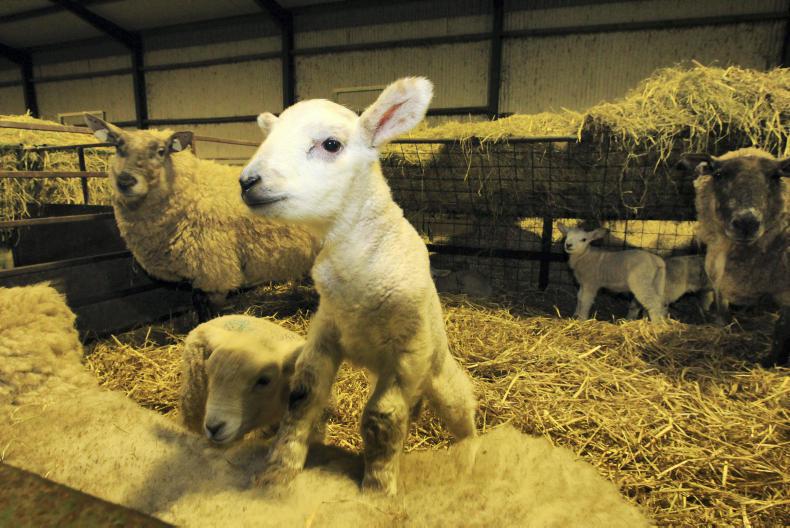Whether lambing indoors or outdoors, organisation is key. Having taken the first steps in preparation months previously, it is a shame that so many of us come up short at the final hurdle.
Having ewes in optimum condition for lambing greatly reduces the risk of many diseases and will give the best chance of strong, lively lambs. Scanning ewes to allow batching according to litter size enables feed requirements to be met accordingly.
Lame ewes should be isolated, treated and marked at scanning to reduce problems before housing. Body condition scores should be monitored from scanning and thin ewes separated to receive extra feed.
Clostridial vaccine boosters should be given four to six weeks before lambing to allow cover for lambs via colostrum.
If ewes are to be housed, ensure enough trough space is available for meal feeding so all ewes can eat at one time. The recommendation for larger lowland breeds is 500mm to 600mm and a floor space of 1.2m2 to 1.3m2 per ewe. Feed rations should contain high protein from a good-quality source (18% to 20% protein).
Mineral supplementation is essential for healthy viable lambs, with particular focus on selenium, iodine and magnesium levels.
Single-bearing ewes which may be receiving little or no meal should not be forgotten.
Space is always a premium during lambing. One lambing pen per 10 ewes as a general rule is ideal. Adoption facilities and an area for foster lambs are also necessary.
A lamb heater box or heat bulb for weak lambs is also essential. Lambing kit should also be checked. Essentials include gloves, lubricating gel, head snare and ropes.
Common lambing malpresentations can be easily corrected by an experienced shepherd when spotted in time. With uncommon presentations or oversized foetus, ewes should be brought to the vet early for assistance to achieve a favourable outcome.
The best treatment for many problems around lambing is prevention, be it getting nutrition correct to avoid metabolic diseases such as twin lamb disease and hypocalcaemia, or maintaining high standards of hygiene in the lambing shed and lambing pens to avoid infectious diseases.
It is much easier to avoid problems which lead to lamb mortality than to try to treat them after they have occurred, and with lamb mortality up to 20% on some farms, there is definitely room for improvement.
Paul Barnes works at Kilcoyne Veterinary, Wolfe Tone Sq, Tubbercurry, Co Sligo, part of XLVets, a group of progressive practices working together to achieve a better future for agriculture and veterinary in Ireland. Visit www.xlvets.ie






 This is a subscriber-only article
This is a subscriber-only article










SHARING OPTIONS: